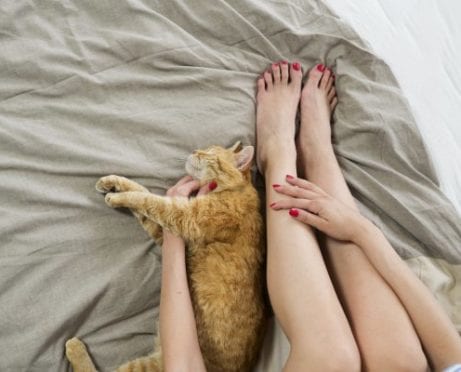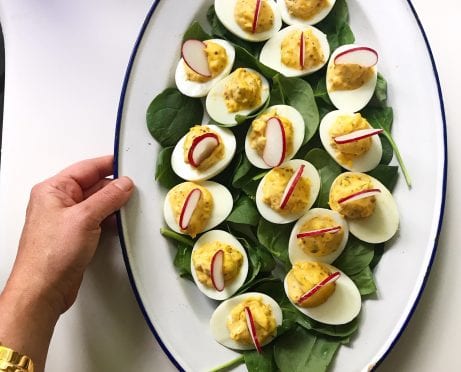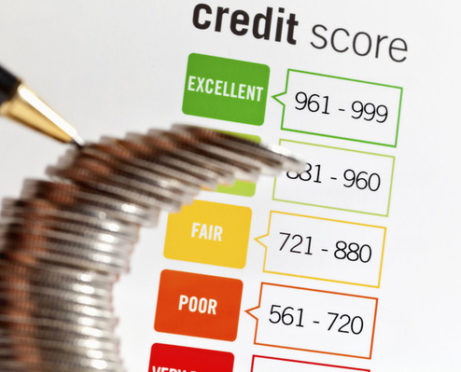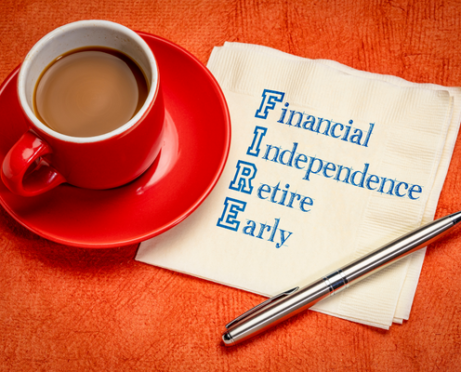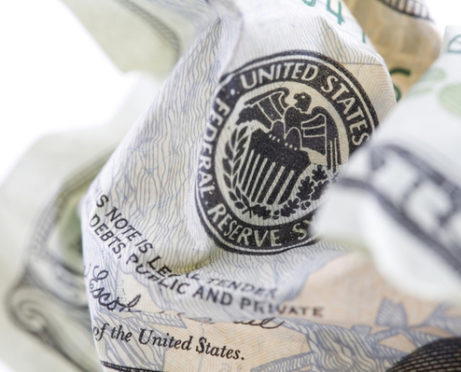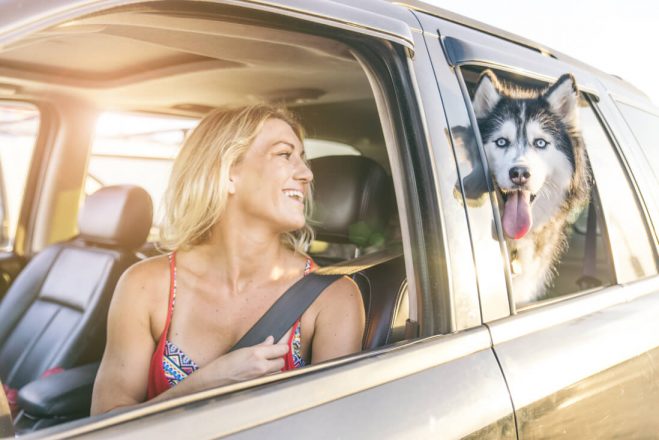
 If you didn’t read part one of my frugal road trip tale, here’s a quick summary of my costs for my 18-day drive across the country:
If you didn’t read part one of my frugal road trip tale, here’s a quick summary of my costs for my 18-day drive across the country:
Gas: $480 total (split with my friend, $240 each)
Food: $300 ($100 groceries, $200 eating out)
In addition to gas and food, the other main expenses were sleeping arrangements and the dreaded “miscellaneous items.”
Housing
Our sleeping arrangements were very, very cheap for two reasons. First, we stayed with four sets of friends along the way, which gave us around seven nights of free beds. Second, we camped. A lot. Most of the campsites we stayed in were free, with the most expensive being around 14 dollars a night.
Even a full-price tent is cheap when you use it a lot. Of course, you might find an inexpensive tent off of Craigslist.
We only stayed in motels for two nights, and those two nights took up the bulk of our accommodation costs for our entire trip.
In total, we each spent $190 dollars on getting sleep. And $140 of that was on the two motels, with the remaining $50 spent on various campsites.
We even based our route around the friends whom we knew we could stay with, which did add some miles, but ended up being well worth it – both for the company and for the saved cost.
Save on Your Travel Expenses — Get Prices From a Leading Provider >>
Miscellaneous Items
This is where it gets messy. Eighteen days of sightseeing can lend itself to buying some seriously useless stuff, and although we didn’t buy too many souvenirs, we definitely did buy some silly stuff.
Some of the unnecessary purchases I made along the way included coffee mugs, postcards (which can be surprisingly expensive), a sweatshirt, and a few t-shirts for gifting purposes.
But for the most part, it was easy to avoid buying things, since I quite literally didn’t have space to pack many things to bring home.
More than by the souvenirs, our costs were driven up by the unexpected but mildly necessary things that we hadn’t planned for – such as national park entry costs ($80 for an annual pass), a tarp for our tent, bear spray (yikes), additional bug spray, flashlights and more. We also got one speeding ticket (oops).
In total, I spent about $220 on a category I like to call “Random Things That I Needed and Also Didn’t Need.”
Total Costs
Upon arriving in Los Angeles, I had about $60 left of my original thousand after driving and traveling for 18 days, which comes down to around $52 a day.
I never made a point to actively budget this amount, so it was nice to see that I could have easily spent even less if I had been more stringent about my purchases.
This App Makes Managing Your Finances Easy — Start Budgeting Today >>
I spent about five days in L.A., where I ended up spending almost half of what I spent on that 18-day trip. Clearly a terrible financial decision, but I ate out for almost every meal, went shopping, and started using my credit card again.
But like I said, the goal of my trip wasn’t to partake in a budget-savvy vacation. I simply monitored my finances as I went to keep track of what I was spending.
The easiest way that we saved money was by buying groceries, and if we had been more adamant about only eating the food we had, we would’ve each saved about $200 just like that. What’s more, we saved a lot of money by camping.
Granted, you need to pay for camping equipment if you don’t already have it, but it’s an amazing experience that you can recreate time and time again. We were able to spend full days hiking through the most beautiful places completely for free – all thanks to our decision to camp instead of staying in hotels.



